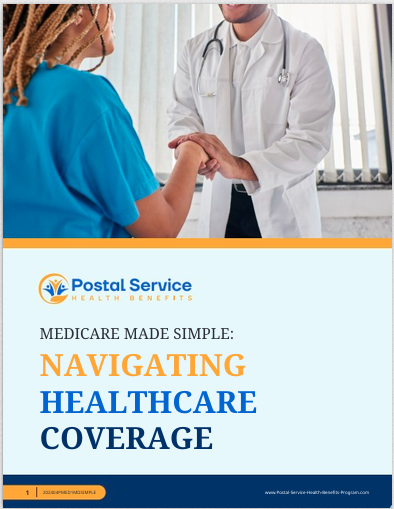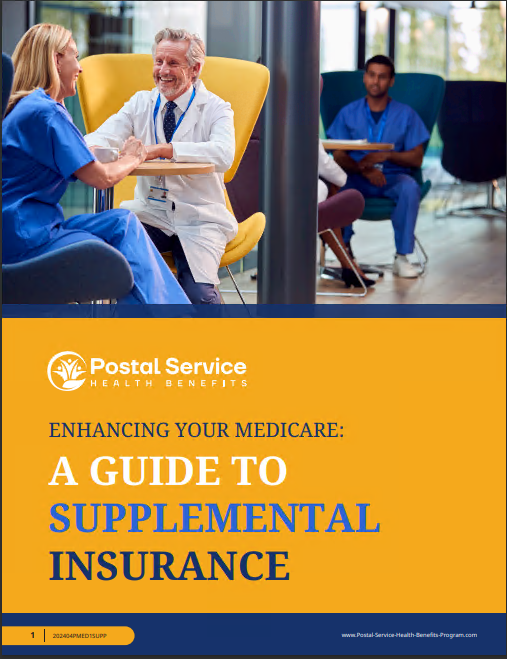Key Takeaways
- Understanding the key differences between FEHB and PSHB is crucial for USPS employees to make informed decisions about their healthcare coverage.
- Factors such as eligibility, cost, coverage, plan options, and transition processes vary significantly between FEHB and PSHB.
Top 5 Differences Between FEHB and PSHB That Postal Workers Should Know
As USPS employees transition from the Federal Employees Health Benefits (FEHB) program to the Postal Service Health Benefits (PSHB) program, understanding the key differences between these two health insurance options is crucial. This guide explores the top five differences every postal worker should be aware of to make informed decisions about their healthcare coverage.
1. Eligibility Requirements
FEHB Eligibility
The FEHB program provides health insurance coverage to federal employees, retirees, and their families. USPS employees are included under FEHB and are eligible for its benefits. Eligibility criteria include:
- Active Employees: All full-time and part-time USPS employees are eligible for FEHB coverage.
- Retirees: USPS employees who retire with an immediate annuity are eligible to continue their FEHB coverage into retirement.
PSHB Eligibility
The PSHB program, set to replace FEHB for postal employees, has its own eligibility criteria:
- Active Employees: Similar to FEHB, all full-time and part-time USPS employees will be eligible for PSHB coverage.
- Retirees: Retirees who meet specific criteria set by the Postal Service and the Office of Personnel Management (OPM) will be eligible for PSHB. This includes having a minimum of five years of participation in the PSHB program immediately before retirement or having been enrolled in both FEHB and PSHB for a combined total of five years immediately before retirement.
2. Cost and Contributions
FEHB Costs
FEHB costs include premiums, deductibles, copayments, and coinsurance. The federal government shares the cost of premiums with employees, typically covering about 72% of the weighted average premium of all plans. Employees pay the remaining 28%, which varies depending on the plan chosen.
- Premiums: Vary based on the specific plan and coverage options selected.
- Out-of-Pocket Costs: Include deductibles, copayments, and coinsurance for various services.
PSHB Costs
PSHB costs are expected to be similar to those of FEHB, with premiums shared between the Postal Service and employees. However, specific details on the cost-sharing structure and the exact premium amounts for PSHB have not been fully disclosed yet.
- Premiums: Likely to follow a similar cost-sharing structure as FEHB, with the Postal Service contributing a significant portion.
- Out-of-Pocket Costs: Expected to include deductibles, copayments, and coinsurance similar to those in FEHB plans.
3. Coverage Options
FEHB Coverage
FEHB offers a wide range of health plans, including Health Maintenance Organizations (HMOs), Preferred Provider Organizations (PPOs), and High-Deductible Health Plans (HDHPs). Each plan offers different levels of coverage, provider networks, and additional benefits such as dental and vision care.
- Plan Variety: Includes HMOs, PPOs, and HDHPs with various coverage levels.
- Additional Benefits: Many plans offer additional benefits like dental and vision coverage, wellness programs, and more.
PSHB Coverage
PSHB is expected to provide a variety of plan options similar to those available under FEHB, including HMOs, PPOs, and HDHPs. The goal is to ensure that postal employees have access to comprehensive healthcare coverage that meets their needs.
- Plan Variety: Expected to include a range of options similar to FEHB.
- Additional Benefits: Likely to offer similar additional benefits, though specifics will depend on the final structure of PSHB plans.
4. Plan Options and Selection
FEHB Plan Options
Under FEHB, employees can choose from a variety of plans offered by different carriers. Each plan has its own network of providers, coverage options, and cost-sharing arrangements. During the annual Open Season, employees can switch plans, add or remove dependents, and make other changes to their coverage.
- Annual Open Season: Allows employees to review and change their plan selections.
- Plan Carriers: A wide range of carriers offers plans under FEHB, providing employees with numerous options.
PSHB Plan Options
PSHB will offer similar plan selection processes, with annual periods during which employees can choose or change their health plans. The specific carriers and plans available under PSHB have not been fully disclosed but are expected to mirror the variety and options currently available under FEHB.
- Annual Selection Period: Similar to FEHB’s Open Season, allowing employees to make changes.
- Plan Carriers: Expected to include a range of carriers, though specifics are yet to be confirmed.
5. Transition Process
Transition from FEHB to PSHB
The transition from FEHB to PSHB is a significant change for USPS employees. Understanding the transition process is essential to ensure continuous coverage and avoid any disruptions in healthcare services.
- Notification and Guidance: USPS employees will receive detailed information and guidance from the Postal Service and OPM regarding the transition.
- Enrollment Periods: There will be specific enrollment periods for employees to transition from FEHB to PSHB. It’s crucial to pay attention to these dates to ensure seamless coverage.
- Continuity of Care: Efforts will be made to ensure continuity of care, meaning that employees can continue seeing their current healthcare providers without interruption.
Conclusion
For USPS employees, understanding the key differences between FEHB and PSHB is crucial for managing their healthcare coverage effectively. While both programs aim to provide comprehensive health benefits, they differ in terms of eligibility, costs, coverage options, plan selection, and the transition process.
As the Postal Service and OPM finalize the details of the PSHB program, staying informed and proactive will help USPS employees navigate these changes smoothly. By understanding these differences and preparing for the transition, postal workers can ensure they maintain the healthcare coverage they need in retirement.
Contact Information:
Email: [email protected]
Phone: 3615551234







